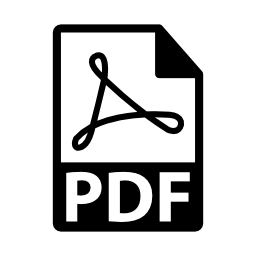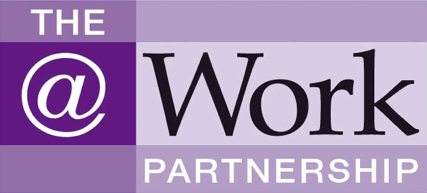April/May 2025 (vol. 21/6)
ContentsFeaturesNewsLegal
NewsResearch DigestResearch PlusCPD
 Dyslexia and work: Part 3
Dyslexia and work: Part 3
Part 3: writing, planning, organisation
Summary:
In the final article of a three-part series, Jan Mulligan explores solutions to assist with writing, planning and organisational processes.
If you can read the text shown above, it is because the human mind can decipher words even though they may be upside and printed backwards. To an individual with dyslexia every word they see may appear to have upside-down or backwards characters. The characters may be jumbled, characters or even whole words may appear to be broken, blurred, or completely missing, all the time. Imagine the anxiety, frustration, and additional mental load this places on the reader.
In this third and final article on dyslexia, we consider solutions to assist with writing, planning, and organisational processes. As explained in the second article in the series1, solutions may be low or high tech; they may be readily available or need to be …
Jan Mulligan is a chartered ergonomist and disability specialist. She runs Greenleafe Ergonomics, working throughout the UK to assess, prevent, manage and reduce task-related barriers and ill health, including accessibility concerns associated with computer use. She is a registered member of the Chartered Institute of Ergonomics and Human Factors.
Author: Mulligan J
Occupational Health at Work April/May 2025 (vol. 21/6) pp13-21




